Have you ever been snuggled up with your cat, only to have them suddenly start nibbling on your fingers? It’s a behavior that can leave many cat owners puzzled. While cats are known for their playful and affectionate personalities, this particular behavior can be confusing.
But fear not. We’re here to help shed some light on the matter. In this blog post, we’ll delve into the reasons why cats nibble on their humans’ fingers. Is it a sign of love or playfulness? Or could it be something more complex?

As it turns out, there are several reasons why cats exhibit this behavior. From teething to stress relief, each reason offers insight into your feline friend’s unique personality and needs.
Throughout this post, we’ll explore the different motivations behind finger-nibbling in cats. We’ll also discuss why some cats are more prone to this behavior than others and what it means for their relationship with their human counterparts.
Whether you’re a new cat owner or a seasoned pro, understanding your pet’s behaviors is key to building a strong bond. So if you’ve ever wondered why your furry friend nibbles on your fingers, keep reading. By the end of this post, you’ll have all the knowledge you need to better understand and connect with your feline companion.
Nibbling as a Sign of Affection
When a cat nibbles on your fingers, it is a sign that they feel relaxed and comfortable around you. This behavior can be seen as a form of grooming, as cats often use nibbling to groom each other in the wild. So when they do the same to you, it is their way of showing that they trust and love you.
However, it is important to note that not all nibbling is done out of affection. Sometimes, cats may nibble out of fear or aggression. If your cat is biting or nibbling too hard, it may be a sign that they are uncomfortable or scared. In these cases, it is best to give them space and avoid touching them until they feel more comfortable around you.
Overall, nibbling is a natural instinct for cats that can be seen as a sign of affection and trust towards their owners. It can also be a way for them to seek attention or playtime with you. As long as the nibbling is gentle and not accompanied by any aggressive behavior, it is a positive sign that your cat feels safe and secure around you.
Nibbling as a Natural Instinct
Well, it turns out that nibbling is a natural instinct for cats that can be traced back to their wild ancestry.
When kittens are born, they depend on their mother’s milk for nourishment. However, as they start to explore their environment and learn to hunt for food, they use their teeth and jaws to grasp and hold onto prey. Therefore, nibbling can be seen as a form of hunting behavior for cats.
Apart from hunting, nibbling is also a grooming behavior that cats exhibit towards themselves and other cats. They use their teeth to remove loose fur, dirt, and parasites from their fur, maintaining cleanliness and social bonds within their colony.
Furthermore, nibbling can be a sign of affection from your cat. Some cats may nibble on their owners as a way to show love or bond with them. This behavior is often accompanied by purring, kneading, or rubbing against their owner’s hand.
While nibbling is a natural instinct for cats, excessive nibbling or biting can be a sign of aggression or anxiety in cats. If you notice your cat exhibiting such behavior, seeking the help of a veterinarian or animal behaviorist is crucial.
In conclusion, cherish those precious moments when your cat nibbles on your fingers or hands as it is a sign of trust and affection towards you. But remember to monitor their behavior and seek professional help if necessary.
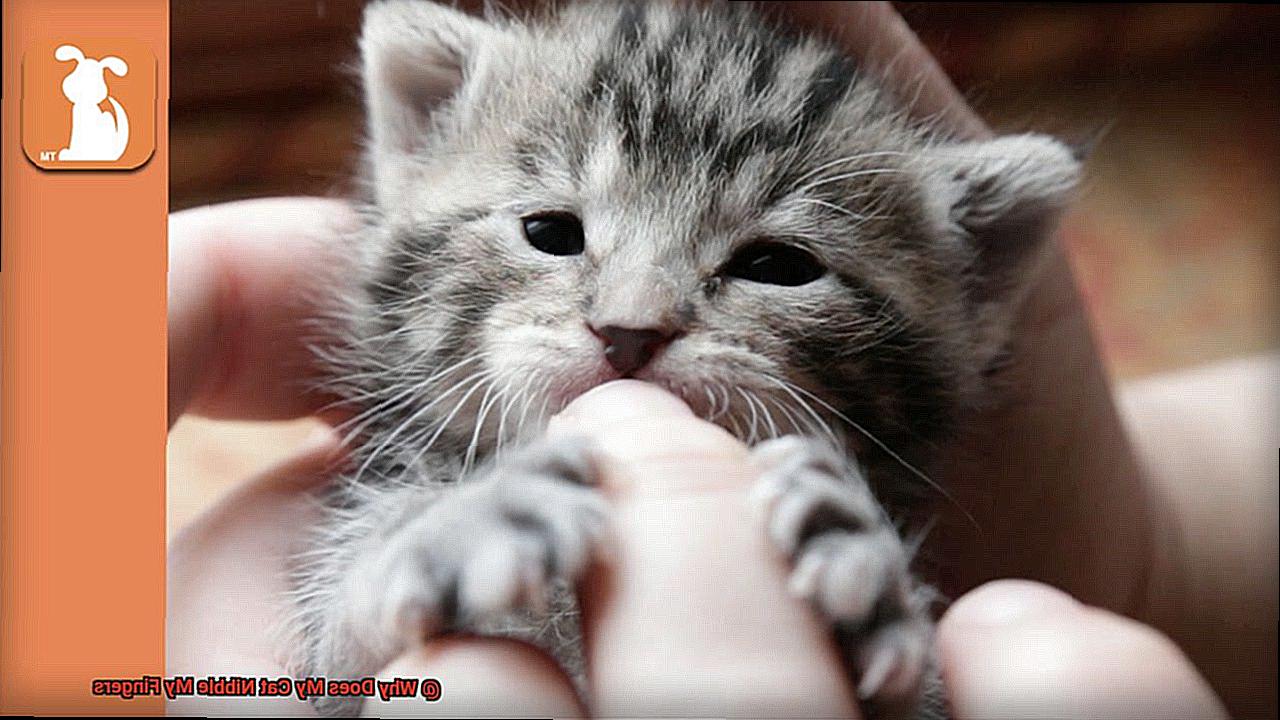
Nibbling for Attention or Playtime
Cats are fascinating creatures that love to express themselves through their playful and affectionate nature. One of the ways they do this is by nibbling on their owner’s fingers. But why do they do it? Is it a sign of affection or something else?

Well, there are a couple of reasons why cats exhibit this behavior.
Firstly, when a cat nibbles on their owner’s fingers, it can be seen as an invitation to play. As natural predators, cats have a strong instinct to hunt and pounce, and nibbling is a playful way for them to practice these skills with their human companions. They may also paw at their owner’s hands or rub against them to initiate playtime.
Secondly, nibbling can also be a way for cats to request attention from their owners. As social animals, cats crave interaction and affection from their human companions. When they nibble on fingers, they may be trying to initiate physical contact with their owners. This behavior can be especially common in cats that have not received enough attention or playtime from their owners.
So, what should cat owners do when their furry friend starts nibbling on their fingers? It’s essential to understand the reasons behind the behavior. If it’s a sign of playfulness, provide appropriate toys and activities for your cat to engage in. Consider getting interactive toys that simulate hunting and pouncing behaviors. On the other hand, if your cat is requesting attention, make sure to set aside time each day for one-on-one interaction with your furry companion.
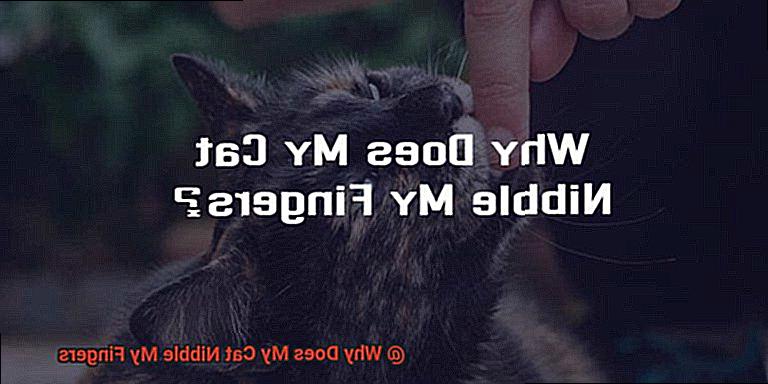
Signs of Aggression While Nibbling
There’s nothing quite like the feeling of a playful nibble from our furry feline friends. However, it’s critical to be able to distinguish between playful nibbling and aggressive behavior to avoid any potential harm to you or your cat. In this article, we’ll explore the telltale signs of aggression while nibbling and how to handle them.

One of the most obvious signs of aggression during nibbling is your cat’s body language. Aggressive cats may have their ears flattened against their head, their pupils dilated, and their fur standing up. You may also hear hissing, growling, or see them lash out with their claws or teeth. If you notice any of these behaviors, it’s essential to remove your fingers from their mouth immediately.
Another sign of aggression is if the cat bites down too hard. Playful nibbling is typically gentle and doesn’t cause any pain or discomfort. However, if the cat bites down hard enough to break the skin or cause pain, it may be a sign of aggression.
Context is also important when assessing nibbling behavior. If your cat is nibbling while engaged in play or affectionate behavior, it’s likely a playful nibble. However, if your cat is nibbling during a stressful or uncomfortable situation, such as being restrained for grooming or a veterinary exam, it may be a sign of aggression.
If you notice any signs of aggression while your cat is nibbling, it’s essential to remove your fingers from their mouth immediately and redirect their attention to a toy or treat. Seeking advice from a veterinarian or animal behaviorist may also be necessary to address any underlying issues causing aggressive behavior in your cat.
In conclusion, as cat owners, understanding our feline friends’ body language and behavior patterns is crucial. By recognizing signs of aggression during nibbling, we can prevent potential harm to both ourselves and our furry companions.
How to Discourage Unwanted Nipping Behavior
Nipping behavior is common among cats, and it can be frustrating for owners. However, understanding why your cat nips and how to discourage the behavior can help you build a better relationship with your feline companion. Here are five effective ways to discourage unwanted nipping behavior in cats.

Redirection
When your cat starts nipping at your fingers, offer them an alternative activity or toy to play with. Cats often nip as a way of playing or seeking attention, so redirecting their focus onto a more acceptable behavior can help prevent nipping altogether.
Positive reinforcement
Reward your cat when they display good behavior, such as playing without nipping. Conversely, ignore or redirect them when they exhibit unwanted behavior. Over time, positive reinforcement will encourage good behavior and discourage nipping.
Environmental enrichment
Provide your cat with plenty of toys and activities to keep them mentally and physically stimulated. Boredom and frustration can lead to unwanted nipping behavior, so keeping your cat occupied can prevent them from resorting to nipping as a way of releasing energy.
Establish boundaries
Set clear boundaries with your cat by gently removing your hand if they start nipping while being petted. This sends a clear message that nipping is not acceptable behavior. You can also teach them the “gentle” command by rewarding them when they lick instead of nip.
Consistency
Be consistent with your training efforts, and don’t give in to unwanted nipping behavior. It can be tempting to let it slide, but persistence is key in discouraging nipping behavior.
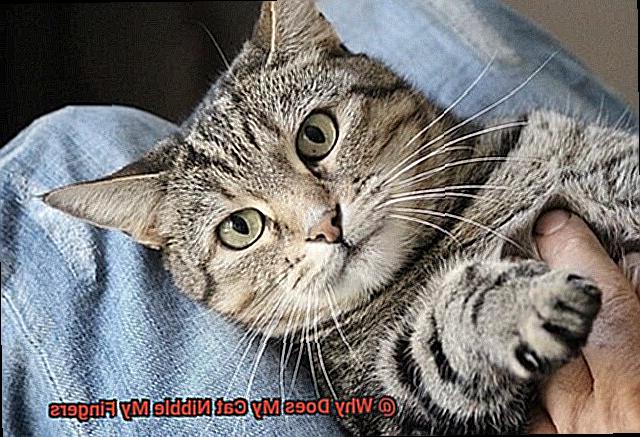
Tips on Calming an Overstimulated Cat
Cats are known for their independent and curious nature, but they can also become overstimulated and stressed out. Overstimulation can be caused by too much play, petting, or even loud noises.
It’s crucial to understand the root cause of your cat’s behavior and take necessary steps to calm them down. Here are five tips on how to soothe an overstimulated cat and provide them with a safe space to reduce their stress levels.

Create a Safe and Quiet Space
When cats become overstimulated, they often need a quiet and safe space where they can retreat and relax. This could be a separate room or a cozy hiding spot in their existing environment. It’s essential to provide them with comfortable bedding, toys, and access to food and water. Encourage your cat to use this space when they feel overwhelmed, and respect their privacy while they are there.
Use Calming Techniques
Calming techniques such as soothing music or pheromone sprays can help reduce your cat’s anxiety levels. Additionally, you can try providing them with a calming treat or supplement that contains natural ingredients such as chamomile or valerian root. These remedies are often effective in calming an overstimulated cat.
Monitor Your Own Behavior
As a cat owner, it’s important to monitor your own behavior and avoid overstimulating your cat unintentionally. This includes limiting playtime and avoiding sudden movements or loud noises around them. By understanding your cat’s behavior and providing them with a calm and comfortable environment, you can help reduce their stress levels and prevent overstimulation.
Pay Attention to Your Cat’s Body Language
Cats communicate through body language and behavior, and it’s crucial to pay attention to these cues to understand when they are overstimulated. Signs of overstimulation may include dilated pupils, twitching tail, or flattened ears. If you notice these signs, try to back off and give your cat some space until they calm down.
Provide Opportunities for Play and Exercise
Cats are natural hunters and need plenty of opportunities for play and exercise to release excess energy.
Providing interactive toys, scratching posts, and playtime with their favorite humans can help reduce the likelihood of overstimulation.
However, it’s important to monitor your cat’s behavior during playtime and avoid overstimulating them.
Potential Health Issues That Could Cause Excessive Nipping
However, excessive nipping could be a sign of an underlying health issue that needs to be addressed. So, it’s crucial to be aware of potential health issues that could cause this behavior to ensure the well-being of our furry friends.
One common health issue that could cause excessive nipping in cats is dental problems. Cats with dental issues such as gingivitis, abscesses, or broken teeth may resort to nipping as a way to alleviate the pain and discomfort in their mouth.
If you notice your cat excessively nipping and also exhibiting other signs such as drooling, bad breath, or reluctance to eat, it’s important to take them to a veterinarian for a dental check-up. A timely visit can help diagnose the problem and get your cat the necessary treatment.
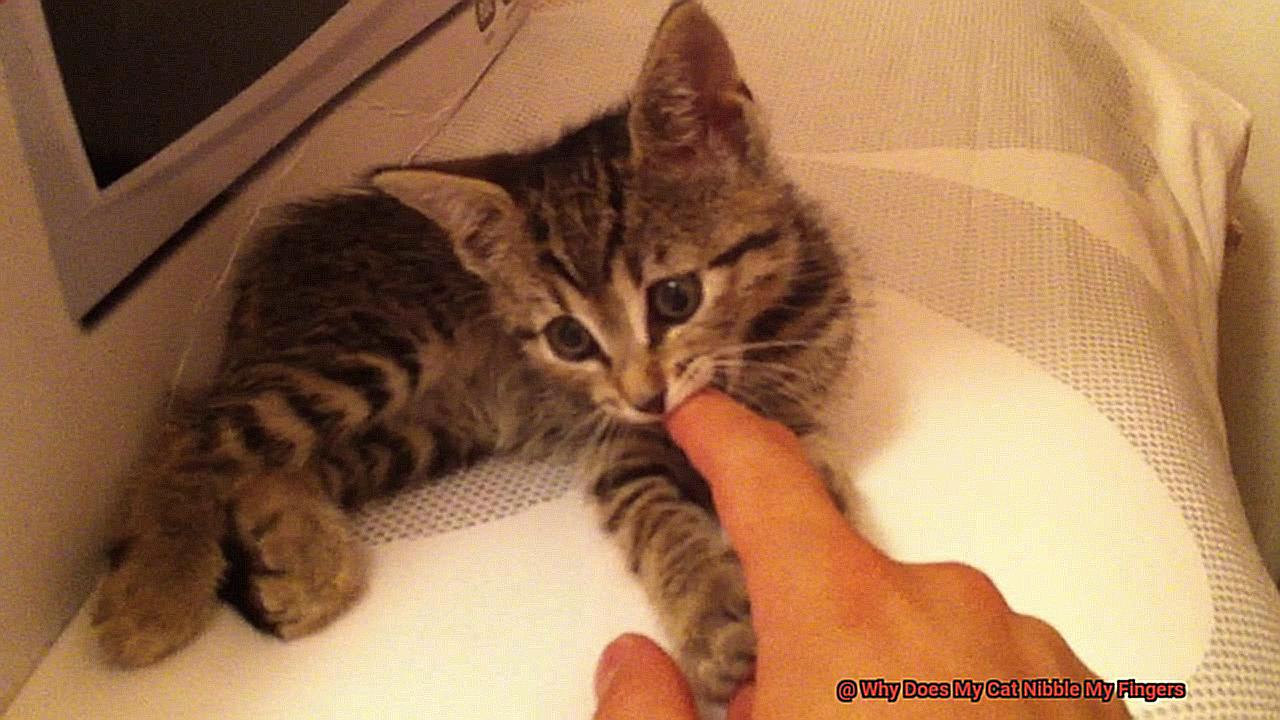
Another potential health issue that could cause excessive nipping is skin irritation or allergies. Cats with flea infestations or skin allergies may nip at their skin as a way to relieve itching and irritation.
If you observe your cat excessively nipping at their skin, look for signs of fleas or other skin irritations such as redness, scabs, or hair loss. Taking your cat to a veterinarian for proper treatment can help alleviate their discomfort and reduce their nipping behavior.
It’s also worth noting that some medical conditions such as hyperthyroidism or neurological disorders can also cause excessive nipping behavior in cats.
If you notice any unusual or excessive nipping behavior in your cat, it’s always best to consult with a veterinarian to rule out any underlying medical issues.
Early diagnosis and treatment can help manage the condition and prevent further complications.
Being aware of potential health issues that could cause excessive nipping in cats is crucial in maintaining their overall health and well-being. As responsible pet owners, it’s important to monitor our cat’s behavior and seek veterinary care when necessary.
How to Tell If a Cat is in Pain or Uncomfortable
With a little knowledge and observation, you can learn how to tell if your cat is in pain or uncomfortable.
Changes in Behavior
One of the most obvious signs that your cat is in pain is a change in behavior. If your usually playful and affectionate cat suddenly becomes withdrawn or aggressive, this could be a sign that they are experiencing discomfort. Additionally, if your cat is no longer interested in activities that they once enjoyed, such as playing with toys or interacting with other pets, this could also be a red flag.
Eating Habits
Changes in your cat’s eating habits can also indicate that they’re experiencing pain or discomfort. If your cat suddenly stops eating or drinking, this could indicate that they’re experiencing discomfort. Conversely, if your cat is overeating or drinking excessively, this could also be a sign of an underlying health issue.
Physical Symptoms
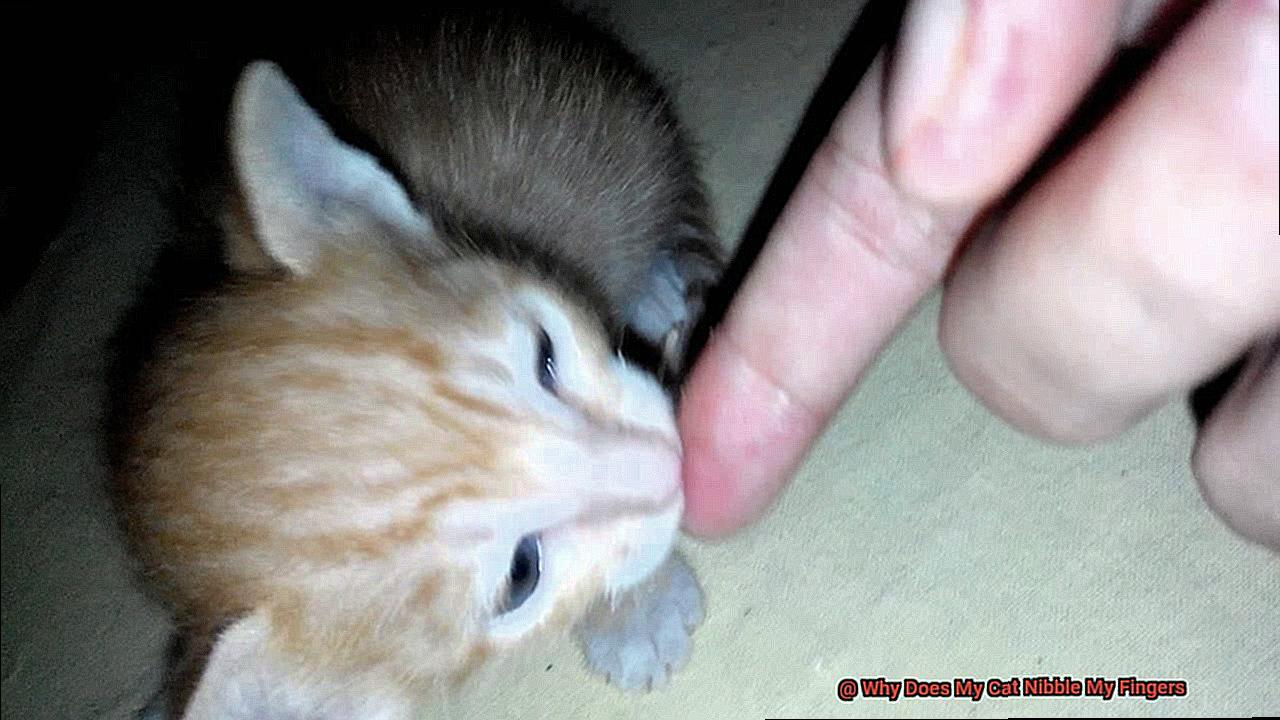
Physical symptoms such as limping, vocalization (such as meowing or hissing), and changes in posture can also indicate that your cat is in pain. If you notice any of these symptoms in your cat, it’s important to take them to the vet for a thorough examination.
Behavioral Changes
Cats may exhibit behavioral changes if they’re experiencing pain or discomfort. For example, your cat may start urinating or defecating outside of their litter box if they’re experiencing pain or discomfort while using it. They may also lose their appetite or become more lethargic than usual.
Regular Check-Ups
It’s important to note that some cats may exhibit no outward signs of pain or discomfort. This is why it’s crucial to schedule regular check-ups with your veterinarian, who can help identify any underlying health issues that may be causing your cat’s behavior changes. By closely monitoring your cat’s behavior and physical state, you can help ensure that they receive the care and treatment they need to stay healthy and happy.
Overall, knowing how to tell if your cat is in pain or uncomfortable is crucial for maintaining their health and well-being.
aYGdgsoRPOk” >
Conclusion
As we come to the end of this discussion, it’s clear that cat nibbling behavior is a complex and intriguing aspect of feline behavior. It can be a sign of affection, playfulness, or even natural instincts. Whatever the reason may be, understanding this behavior is crucial for building a strong bond with your furry friend.
As a responsible pet owner, it’s important to pay close attention to your cat’s body language and behavior patterns. This can help you distinguish between playful nibbling and aggressive behavior. If you notice any signs of aggression or excessive nipping, seeking professional help from a veterinarian or animal behaviorist is essential.
Providing your cat with a safe and comfortable environment, plenty of opportunities for play and exercise, and regular check-ups with a veterinarian can go a long way in preventing overstimulation and potential health issues that may cause excessive nipping.
By following these tips, you can better understand your cat’s unique personality and needs. This will help strengthen your bond with them while ensuring their overall health and well-being. So next time your furry friend nibbles on your fingers, embrace the moment and enjoy the bonding experience with them.

